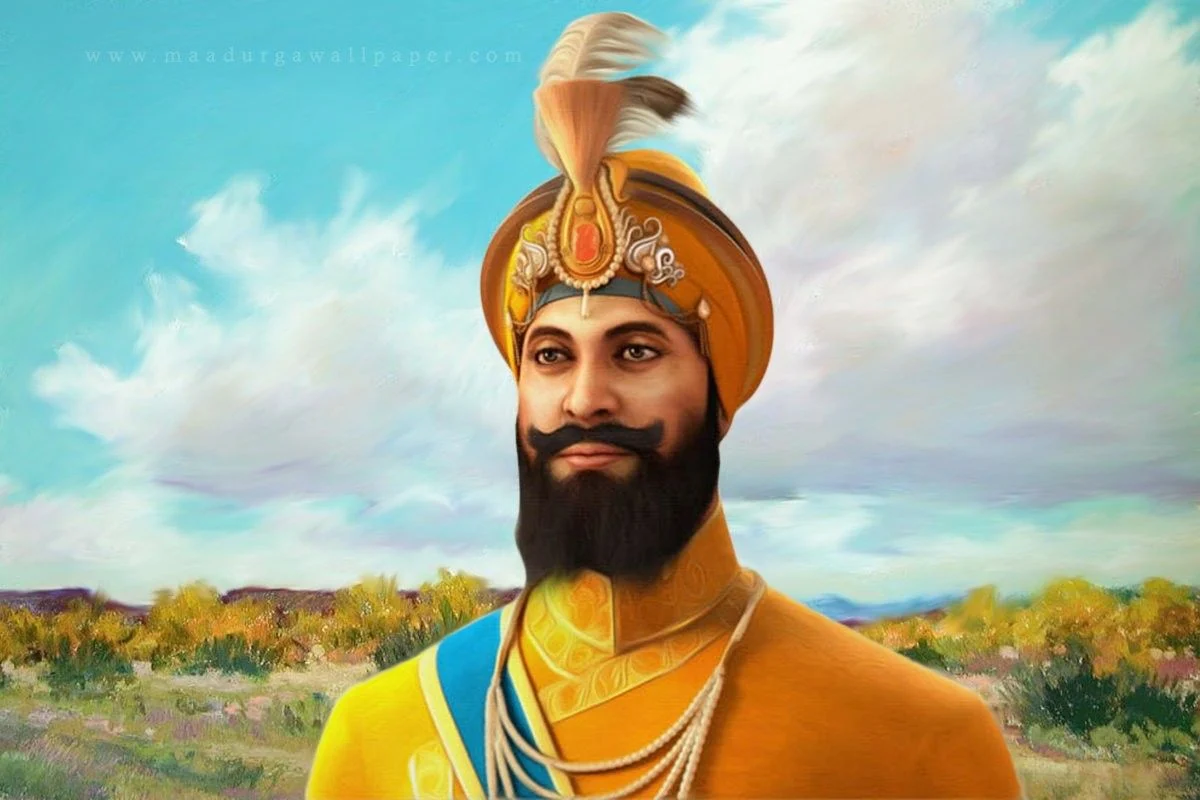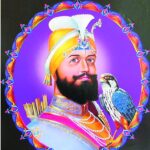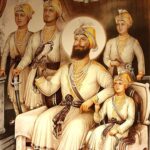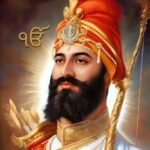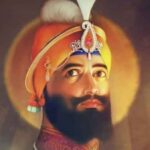Guru Gobind Singh, original name Gobind Ri, (born 1666 in Patna, Bihar, India—died October 7, 1708, in Nanded, Maharashtra), was the 10th and final personal Sikh Guru (1675-1708), well remembered for founding the Khalsa (Punjabi: “the Pure”), the Sikh military brotherhood. He was the son of the ninth Guru, Tegh Bahadur, who was martyred by the Mughal emperor Aurangzeb.
Guru Gobind Singh was a guy of exceptional intellect. He was a linguist who spoke Persian, Arabic, and Sanskrit in addition to his native Punjabi. He codified Sikh law further, created martial poetry and music, and is widely regarded as the creator of the Dasam Granth (“Tenth Volume”), a Sikh book.
Guru Gobind Singh’s most notable achievement was the establishment of the Khalsa in 1699. According to one version, one morning after services, he sat in meditation in front of a large group of Sikhs and inquired if any of them would willingly sacrifice themselves for the faith. Finally, one man emerged. The Guru and his victim entered a tent. A few minutes later, the Guru reappeared, his blood-splattered blade calling for another sacrificial volunteer. This process was repeated until five men volunteered. All five men then reappeared; according to one version, they had been slain but miraculously revived, while according to another, Guru Gobind Singh had simply tested the men’s faith by slaughtering five goats instead.
They formed the nucleus of the Khalsa after being initiated with Amrit (sweetened water or nectar) and given the title panj-pyare (the five adored).
Guru Gobind Singh led the reconstructed Sikh army on two fronts, one against the Mughals and the other against the hill tribes, with the Khalsa as the guiding spirit. His men were completely dedicated and loyal to Sikh beliefs, willing to risk everything for Sikh religious and political freedom. However, he paid a high price for his freedom. He lost all four of his boys in a battle near Ambala. Later in the conflict, he lost his wife, mother, and father. In retaliation for the killing of his brother, he was assassinated by a Pashtun tribesman in revenge for the death of the tribesman’s father. Guru Gobind Singh declared himself to be the last of the personal Gurus. The Sikh Guru was to be the holy text, the Adi Granth, from then on. In the minds of Sikhs today, Gobind Singh represents the ideal of chivalry, the Sikh soldier-saint.
Establishment of the Khalsa
In Gurdwara Bhai Than Singh, built during the time of Maharaja Ranjit Singh, there is a fresco of Guru Gobind Singh and the Panj Piare.
The Guru requested that the Sikhs gather at Anandpur on Vaisakhi in 1699. (the annual spring harvest festival).
He requested a volunteer, as is customary in Sikh culture. One came forward, and he led him into a tent. With a bleeding sword, the Guru returned to the gathering alone. He begged for another volunteer and returned from the tent four more times, each time with no one and a bleeding sword. The Guru returned with all five volunteers, all safe after the fifth volunteer entered the tent with him. He referred to them as the Panj Pyare and the first khalsa in the Sikh tradition.
Guru Gobind Singh then combined water and sugar in an iron bowl, stirring it with a double-edged sword to make Amrit (“nectar”). He then administered this to the Panj Pyare, accompanied by Adi Granth recitations, thereby establishing the khande ka pahul (baptism ceremony) of a Khalsa – a warrior community. The Guru also bestowed on them the surname “Singh” (lion). After the first five Khalsa were baptized, the Guru requested that the five baptize him as a Khalsa. As a result, the Guru became the sixth Khalsa and his name was changed from Guru Gobind Rai to Guru Gobind Singh. This initiation rite superseded the previous gurus’ charan pahul ritual, in which an initiate would drink either the Guru’s or the Guru’s had dipped their toe in. Guru Gobind Singh established the Khalsa Five Ks tradition.
Kesh has long, uncut hair.
Kangha: a comb made of wood.
Kara: a wrist bracelet made of iron or steel.
Kirpan: a dagger or sword.
Kacchera refers to short breeches.
He also issued a code of conduct for Khalsa fighters. Tobacco, eating halal meat (a method of slaughter in which the animal’s throat is sliced open and allowed to bleed before killing), fornication, and adultery were all prohibited. The Khalsa’s also agreed not to associate with individuals who followed rivals or their successors. The co-initiation of men and women from diverse castes into Khalsa ranks further institutionalized the principle of equality in Sikhism, regardless of caste or gender. Guru Gobind Singh was immensely important to the Sikh faith because he established the Khalsa, resisted the ongoing persecution by the Mughal Empire, and continued the defense of dharma, which he called True Religion, against Aurangzeb’s assault.
